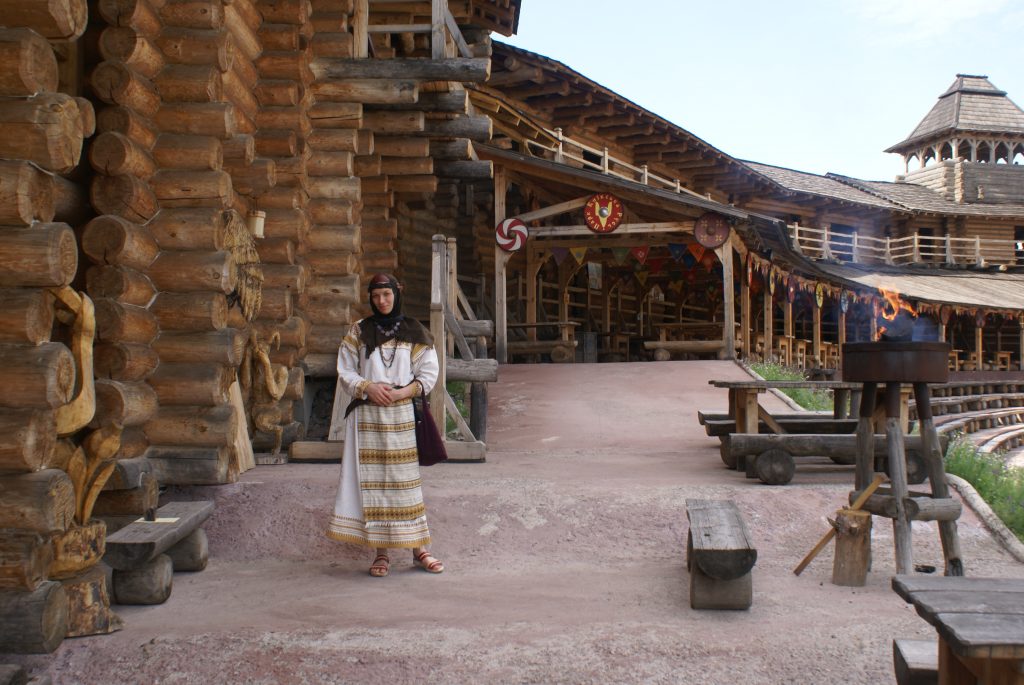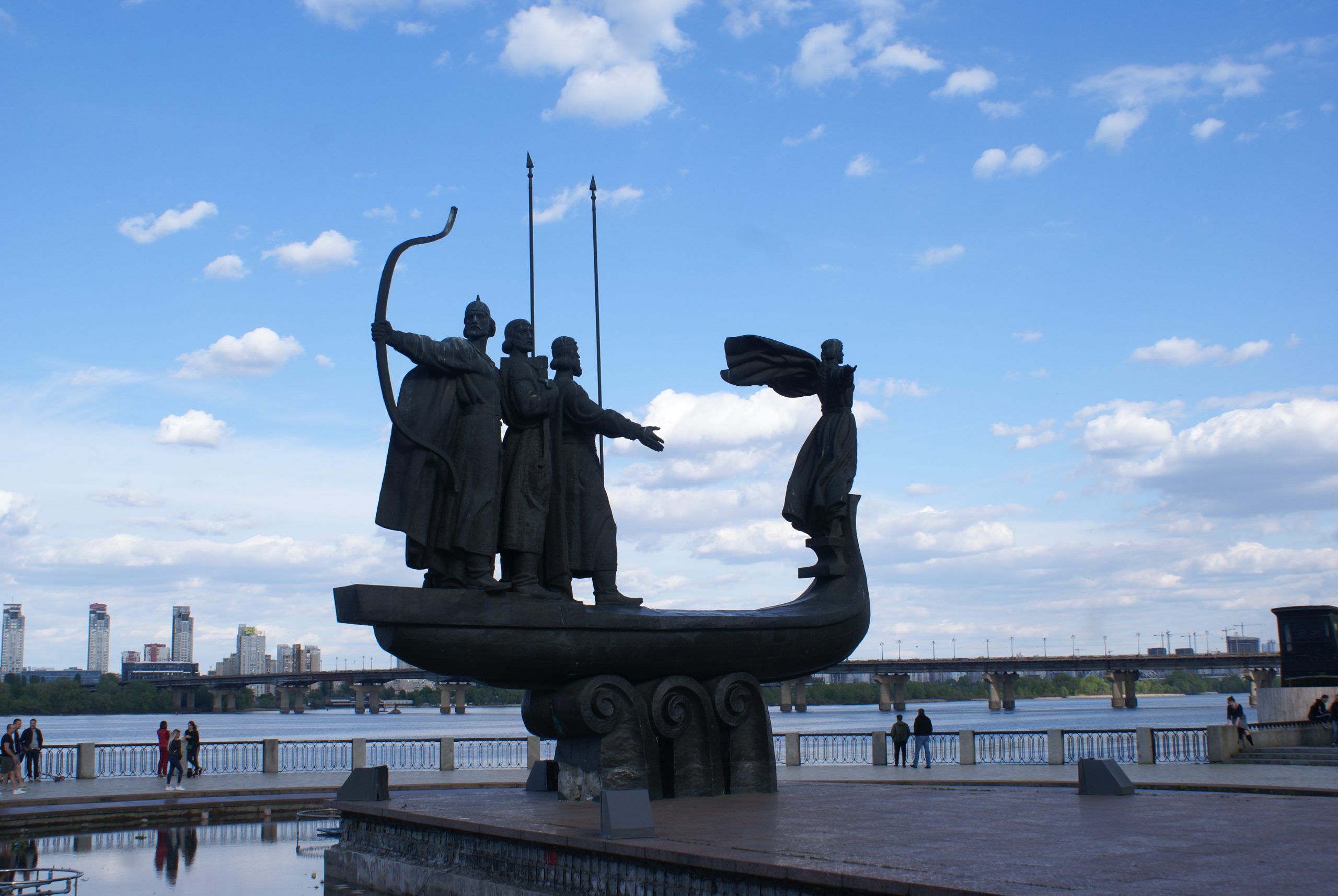Despite restrictions, Kyivans celebrated the holiday of Ivan Kupala on July 12th. The holiday is analogous to St John’s Day, known in Scandinavia as Midsommar, Sankthans or Johannus. Ivan is a Slavisation of John and the word kupala probably comes from the proto-slavic “kump,” which means gathering. In the Nordic and Baltic countries, it is celebrated on June 24th but for countries that use the orthodox liturgical calendar such as Ukraine, Russia and Belarus (and even Poland which does not), it is celebrated on July 6-7. or the weekend after, which explains the late date this year.
The occasion is connected with fertility. Young women are supposed to make flower wreaths and float them on the water. If they float, love will come, but if it sinks, it will not. Alternately, men may attempt to capture the wreaths to catch the attention of the woman in question. The celebration is also connected with water and children play pranks, mostly involving pouring water on people.
The main celebrations in Kyiv this year were held at the at Pyrohiv Outdoor Museum of Folk Architecture and at the Kyivan Rus Park. The latter is situated 35 kilometers south of the city and attempts to recreate the ancient town of Kyiv as it stood in the 10th century on a 1 to 1 scale. Only a small part has yet been completed, but it is open to the public on weekends in the summer, with events taking place in full Rus regalia.
“Ukraine is not a 26-year-old country; it is a great state with a history longer than a millennium. It has always been admired and its enemies have always feared it,” says park director Nataliia Koval in the Kyiv Post.
Park founder and “Knyaz of Ancient Kiev” Vladimir Vladimirovich Yanchenko says on its website: “Ancient Kiev became the center of gravity in the process of creation of states of Eastern Europe … Lately, this Rus’ galaxy gave birth to such countries as Ukraine, Russia, Belorussia. So, if we want to strengthen and develop our country – Ukraine, it is necessary to save and protect this gravity of the Kievan Detinets.”
Ukrainian history is still a work in progress and like the Park itself, a stout edifice is being built upon much that remains conjecture. What we know about the Kievan Rus is gleamed from incomplete and sometime contradictory sources, and much is open to debate, whereas the process of nation-building tends to prefer clearer narratives. Nevertheless, leading specialists such as Petro Tolochko of the NASU Institute of Archaeology of Ukraine have been consulted for the recreation. Not everything here may look exactly as it did a thousand years ago, but there is no faulting the ambition.
For more information, see: https://parkkyivrus.com/en/

Ready to read your fortune: The Wise Woman

